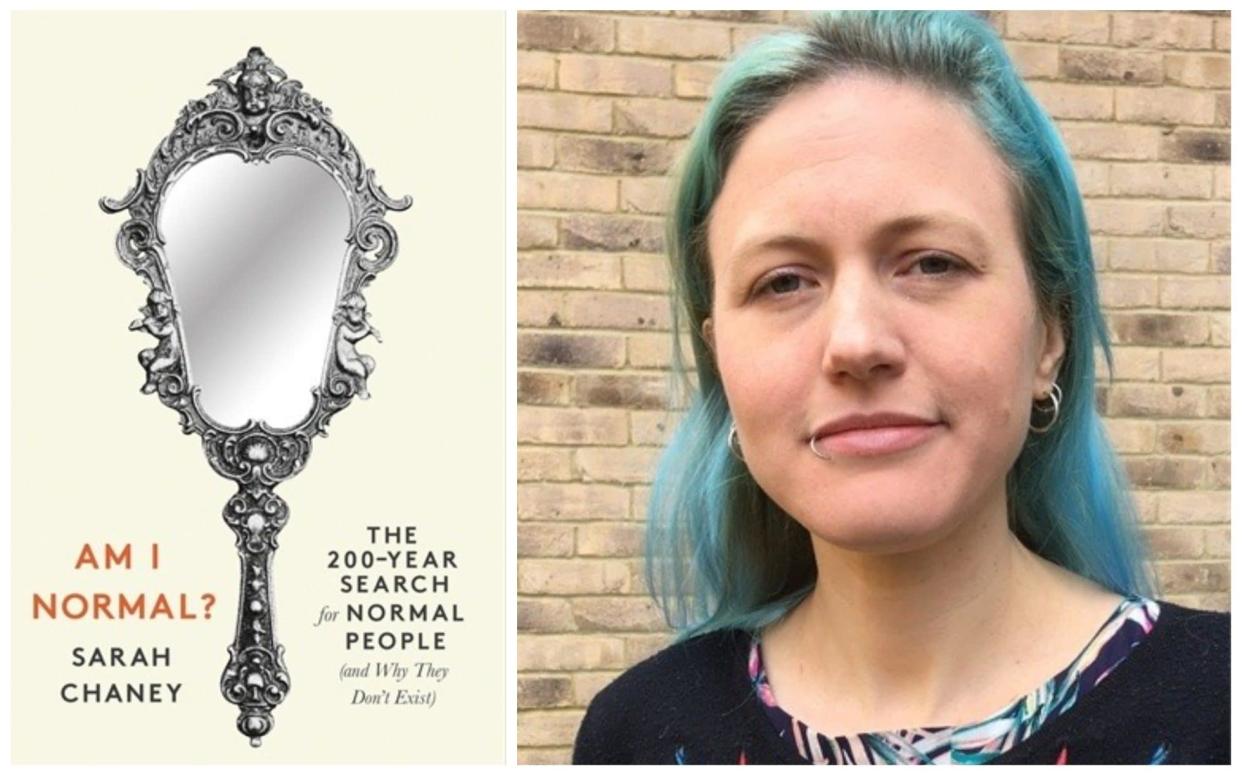‘Normal’ doesn’t exist – and the search for it has ruined medicine

“Never get a medical test,” my father once advised me, “unless you already know what’s wrong.” Paradoxical advice, I thought, coming from a doctor. When I suggested as much, he explained that tests are guaranteed to show abnormalities, and while a layman might regard that as the precise point, abnormalities are mostly irrelevant because no real person is what diagnosticians call normal. The more tests, the more any patient appears as a collection of nominally aberrant results, almost none of which will be an actual issue. Cue worry about nothing, and confusion over what, if anything, is really wrong.
The dictum rang in my ears as I read medical historian Sarah Chaney’s excellent Am I Normal?, which is one of those rare, understated pop-science books that arrives without publisher hyperbole, and proceeds to peel back your assumptions until the world takes on a wholly different complexion. At its heart is the simple argument that the ubiquitous, seemingly natural idea of “the normal” is really neither of those things. Rather than something that “exists, an invisible law of nature”, it is, Chaney argues, a cultural invention, and a recent one, too. And despite its draw, we might do well “to consider if there is such a thing [as normal] at all”.
This may strike some readers as counterintuitive or polemical, especially in the context of seething culture wars over mental health, social support, racial parity and gender issues, all of which lie in vexed relation to what we decide to define as normal. But Chaney’s reasoning is close, and her evidence – laid out with wit, precision and light-touch historical rigour – both fascinating and convincing.
Her first chapter, “A Brief History of the Normal”, makes her central point succinctly by examining the term’s shifts in meaning. Before the 19th century, normal meant “regular”, “governed by a rule”: a right angle was “normal”, while the French Ecoles Normales trained model teachers for a new rational era. It came to its modern sense via astronomy, in what would come to be known as “normal distribution”. The characteristic symmetrical bell curve emerged from Carl Friedrich Gauss’s plotting of errors in astronomical measurements in 1801: large errors occurred infrequently, generating the low, long tails; smaller errors occurred very frequently, generating the rounded peak around the most likely actual value of the phenomenon itself.
Initially known as the “error curve”, the Gaussian distribution revealed itself as a kind of statistical master key, applicable in a vast range of situations, including what Belgian scientist Adolphe Quetelet termed “social physics”. The same curve emerges from, say, measurements of height across a population, or rather more debatable data such as intelligence or criminality. As statistics rose to the fore, Quetelet helped create the “average man”, a being that Chaney diagnoses as a contradiction from the outset: “at one and the same time a reflection of natural reality and an ideal for humanity to strive towards”.
Benignly, the science of normality produced advances in public health; malignly, it acted as a bed of Procrustes to lop off offending social limbs. Depending on its definition, “normal” could be used as a weapon against anyone who failed to fit its parameters. Most infamously, it powered the racial pseudoscience that led Sir Francis Galton to invent eugenics, culminating in the forced sterilisation of “degenerate” populations across America and Europe. And, in case we should consider these wholly a thing of the past, Chaney points out that in the Czech Republic, forced sterilisation of Romani women “began in 1971, with the last known case as recent as 2007”.
While darkness abounds in the history here, Chaney remains unpreachy; and, like all good history, Am I Normal? complicates the past rather than simplifying it. The remaining chapters trace normal’s mutation through six wittily defined spheres of human worry, asking if our minds, bodies, sex lives, feelings, children and society are normal. Offering an archaeology of the valiant and less valiant efforts of researchers to define normality in each case, she shows again and again how assumptions have calcified into social or biological “fact” in such a way that the idea of normal begins to lose its power altogether. It is not so much a question of wondering whether a square peg might fit in a round hole, as of asking, as Chaney does, why we insist on hammering the pegs in in the first place.
Am I Normal? is published by the Wellcome Collection at £16.99. To order your copy for £14.99 call 0844 871 1514 or visit Telegraph Books

